Lots of people have heard that, while being pregnant, a woman may hear that her baby's umbilical cord has been wrapped around its neck, possibly risking the newborn's health. This information has probably scared many present mothers or mothers-to-be.
However, this is nothing to be afraid of since modern medicine and a fair amount of knowledge about this situation guarantee an easy way to safely deliver a healthy baby.
Umbilical Cord around Babies’ Neck is a Pregnancy Complication
While a woman's baby is peacefully resting and growing inside her stomach, it still needs nutrients and air. Without these valuable substances, it simply would not be able to grow in the first place. The baby gets all these things through the umbilical cord.
Therefore, it is a thing of vital importance. However, taking into consideration the fact that some babies are more vivid and active than others and that this cord is about 55cm long, it is not strange that, sometimes, the cord may possibly end up wrapped around their necks.
Umbilical cord around baby’s neck in womb rarely happens and when it does, it is usually not life-threatening. The umbilical cord does not get tight around the neck and it is easily removed from this position either naturally or by the doctors. Nevertheless, there have been several cases of potentially tragic situations of this type, even though it has only happened several times.
In cases of potentially harmful umbilical cord around the baby's neck, its removal needs to be performed in order for the baby to get its cut supply of air as quickly as possible. This is performed by doctors and the baby needs to be delivered right after the procedure.
If this situation is not noticed timely and the baby remains deprived of sufficient air due to the tightness of the umbilical cord around its neck, it may suffer from brain damage or some other deformations diagnosed right after the delivery.
- The cluster of cardiorespiratory and neurological signs and symptoms associated with unique physical features that occur secondary to tight cord-round-the-neck has been referred to as 'tCAN syndrome' (tight Cord Around the Neck Syndrome).
- A small number of studies have shown that nuchal cord and or tCAN can affect the outcome of delivery and may have long-term effects on the infant and but as a causative factor for stillbirth it is debatable.
- Umbilical cord compression due to tCAN may cause obstruction of blood flow first in thin walled umbilical vein, while infant’s blood continues to be pumped out of baby through the thicker walled umbilical arteries thus causing hypovolemia and hypotension resulting in acidosis. Anemia and mild respiratory distress may occur.
- A stillbirth attributed to a cord problem should have evidence of cord obstruction or circulatory compromise. Other potential causes of stillbirth need to be excluded prior to labelling cord abnormalities as the causative factor, since cord abnormalities seen in more than a third of all normal live births.
- The tCAN Syndrome may conceptually be similar to strangulation which may result in non lethal problems or death. The pathophysiological mechanisms of strangulation injuries (lethal and non lethal) involves venous, arterial obstruction (arterial spasm due to carotid pressure) in the neck and vagal collapse (increased parasympathetic tone).
Another Pregnancy Problem is Breech Birth Defect
In order to understand a little bit more about breech baby and birth, people must understand the term breech birth. A breech birth is a birth in which the baby enters the birth canal with its feet or buttock first, although in most cases, the baby enters the birth canal with its head.
The most frequent cause of breech delivery is premature birth, large amounts of amniotic fluid, and multiple pregnancies. Frank breech presentation is when the baby comes out buttocks first and with legs near its head. The complete breech is called a position of the baby while coming out of the uterus with its bottom and with its legs crossed. If a baby is born with legs coming out first, then it is called a footling breech.
In the third trimester of pregnancy, a baby is preparing for coming out and the doctor can then tell the parents what will be the position of the baby during the birth. If a doctor determines that the birth is going to be breech, certain measures of precaution are taken. In these cases, the delivery is usually vaginal, or a cesarean section is done.
During the vaginal delivery, doctors must monitor the baby’s heart rate and the baby has to be in good health. If the baby’s head is too large and it can't pass through the cervix opening, or if the baby is delivering prematurely, then a cesarean section is conducted.
Birth Defects of Breech Babies
Abnormalities that can be of congenital or physical nature are called birth defects. If a baby has some birth defect, it is more likely to die. Mortality percentage is in close correlation with breech birth. Death of the baby may occur when during the delivery umbilical cord reduces the supply of oxygen to the baby.
If the baby doesn’t have enough oxygen, some birth defects may develop. The umbilical cord around the baby’s neck in the womb may be the cause of the lack of oxygen.
Autism is a birth defect that is manifested in restrain from socialization. Down syndrome is a genetic defect where instead of having 46 chromosomes a child has 47 chromosomes. This additional chromosome carries Down syndrome and this defect can’t be prevented or treated but isn’t connected to breech birth. Anyway, it is one of the most often birth defects. The level of chromosomes is connected to breech birth and therefore to mental retardation or development of cardiovascular diseases as well.
There are some defects that are believed to appear because of the baby’s position during the pregnancy. If a baby is in a breech position, it is more likely to have spinal deformities and shunted muscular growth. If the baby is in a breech position, parents don’t have to worry, because most of them are born healthy and without any health problems.
Means of Prevention
First of all, parents should visit the doctor frequently during the pregnancy. This will prevent any unanticipated things from happening since the parents will track the baby's progress regularly. This way, as soon as there is a problem on the rise, the doctor can react and solve it.


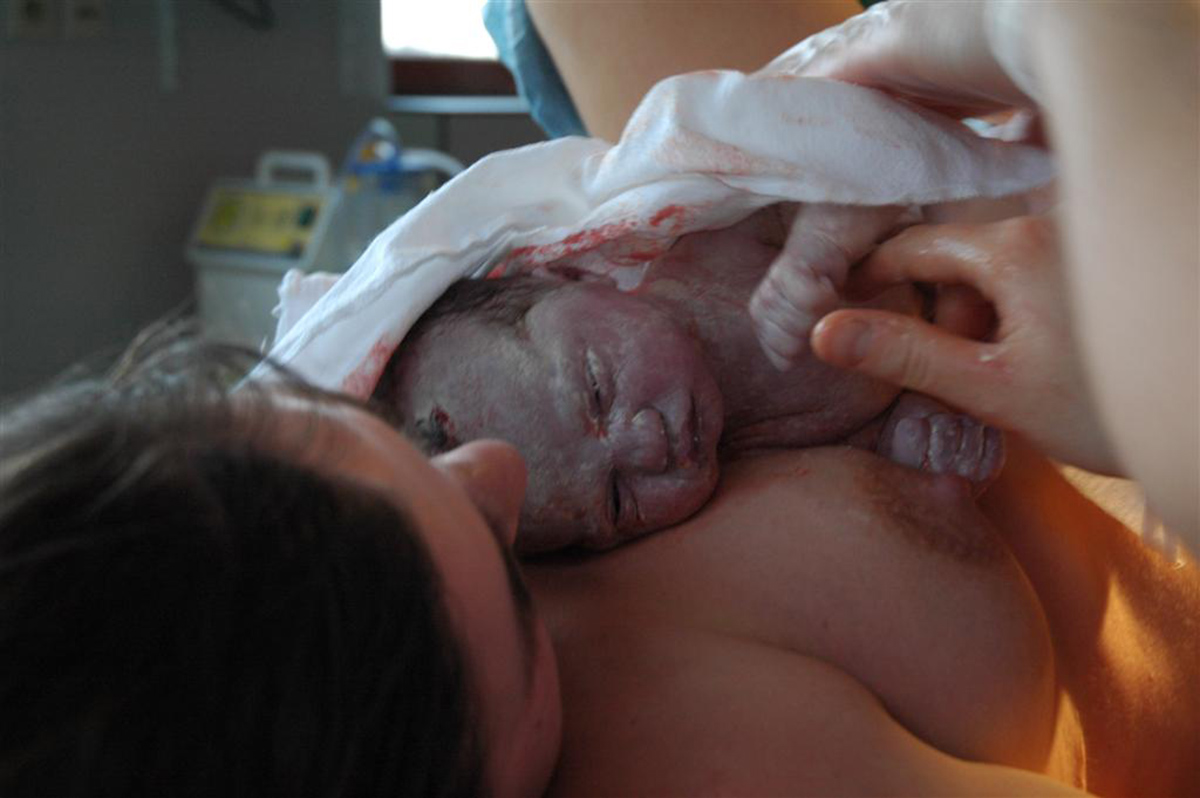



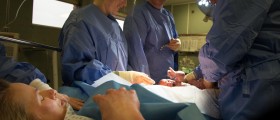


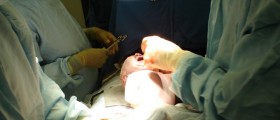



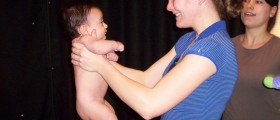
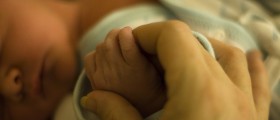


Your thoughts on this
Loading...